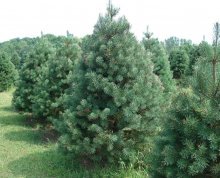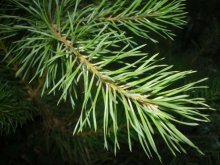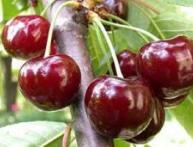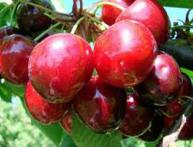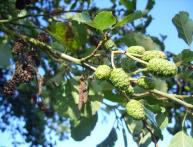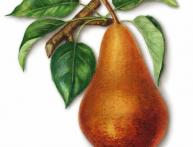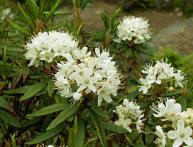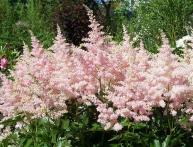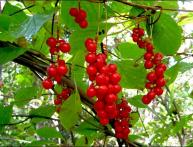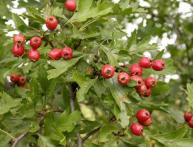Evergreen conifers in the country: main types, planting and care
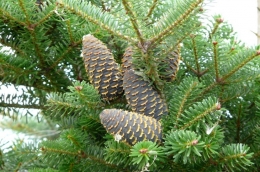
Coniferous plants attract plot owners with their appearance. Everyone probably remembers the children's riddle about who wears the same color in any season of the year, be it summer or winter. The riddle is about a Christmas tree, but this is not the only type of conifer that can be plant on the plot. Let's try to figure out which conifers at the dacha you can plant and grow on your own.
Content:
- The main types of coniferous plants for the garden
- Spruce and pine trees for the site
- How to choose a place for conifers in the garden
- How to plant and grow conifers
The main types of coniferous plants for the garden
When choosing an evergreen plant for your local area, you may want to opt for fairly widespread and familiar names:
- spruce
- fir
- pine
- thuja
- juniper
But there are also coniferous plants that can also be grown on the site, but their names are more exotic and sound much less common:
- hemlock
- torrea
- cryptomeria
Majority coniferous plants It is distinguished by its unpretentiousness and high winter hardiness. They grow both in bright sun and in the shade. Almost all evergreen conifers develop well in acidic soils, although some of them, for example, footcarp or podocarpus, grow well in calcareous soils.
When choosing conifers for a site, it is important to remember that it is better to plant tall forms away from buildings and garden paths.
Dwarf forms can be used as ground cover or border plants.Conifers are also suitable for hedges. Slow-growing and creeping varieties are good for use in rocky gardens and alpine hills. In summer, evergreen plants look aesthetically pleasing when framed by herbaceous flowering plants and shrubs.
Currently, dwarf forms are popular in landscape design. An indicator of “dwarfism” can be growth rate. Dwarf plants give an annual growth of only a few cm, while tall specimens can increase by several tens of cm per year, up to 0.5 - 1.0 m. Let's consider ordinary and familiar fir trees and pines.
Spruce and pine trees for the site
These plants are quite well known and are widely used for landscaping both home areas and for landscaping populated areas. Spruce is a genus of plants from the Pine family.
Of all the 40 species of these plants known to science, it is best to choose slow-growing ornamental species and varieties for growing on the site. Common spruce, Serbian spruce, and prickly spruce are suitable for this. All these types have many varieties with high decorative qualities. Varieties of common spruce for the garden:
- Nidiformis - dwarf spruce
- Aurea - spruce with yellow needles, pyramidal crown, up to 1 m high
- Inverse - branches drooping down, the crown has a weeping shape, branches can spread along the surface of the ground, height up to 8 m
Let's take a closer look at the common spruce nidiformis. This dwarf spruce is sometimes called nesting spruce, since the low shoots form a crown in the form of a nest or pillow, the shoots grow obliquely, and there are no main branches.
The height of the shoots is up to a meter, the width of the bush is up to 0.8 m. The needles are green, up to 10 mm long. This variety is winter-hardy and shade-tolerant.The disadvantage is the tendency to break the crown under the weight of snow. To avoid this, you need to build a special canopy for the winter.
Pines
Pine trees are suitable for growing on the site; they differ from fir trees in having longer needles collected in bunches. Many types of pine trees lose their decorative properties when mature and are not suitable for landscaping small areas. It is best to opt for the following types:
- mountain pine Dwarf with a pyramidal crown, up to 2.0 m in height
- European pine Stricta with a conical crown, bluish needles, up to 1 m high
- Weymouth pine Alba crown is narrow, pyramidal, needles are bluish-gray, height up to 8 m
- Scots pine Globoza Viridiz, dwarf, up to 2 m in height
If the choice fell on the Scots pine Globosa Viridis, then it is worth noting that it simultaneously has needles of two sizes. Young needles are prickly, collected in hard bunches, the length of the needles is up to 2 cm. These bunches grow in mid-summer, they give the plant a slightly plush appearance. Old needles are up to 10 cm long.

The next year, the length of the young needles is equal to the old ones and the plant acquires soft and smooth lines. Thanks to this growth of needles, pines of this species always look very decorative. It should be said that various thujas and junipers are currently very popular.
Among them there are also a lot of different decorative varieties with both green and multi-colored, golden or blue needles. Sometimes it happens that thujas and junipers turn brown in the cold season. They don't look very neat. You should choose species and varieties that are least susceptible to browning of needles.
How to choose a place for conifers in the garden
Soil, humidity
As mentioned above, under landing For most coniferous plants, it is preferable to choose soils with an acidic reaction. It is best if it is loamy or sandy loam soil with good permeability for water and air. In very wet places, a drainage layer will be required.
Most coniferous plants have a negative attitude towards both excess moisture and stagnation, as well as drying out of the soil. Increased soil salinity can also negatively affect the growth of conifers.
Lighting and temperature
Evergreen representatives of the flora need good sunlight. Some of them tolerate partial shade. You should not plant coniferous plants in dark and heavily shaded corners of the garden. They will not only make these areas even gloomier, but will also lose their decorative effect. For species that are susceptible to sunburn in winter, artificial shelters can be created on the sunny side.
Most common conifers have good or excellent winter hardiness. They easily tolerate the most severe frosts.
How to plant and grow conifers
Despite the fact that many conifers reproduce well by seeds and cuttings, the best planting material is a seedling three to five years old with a closed root system. The ideal option is a seedling in a container. Such a plant can be planted throughout the warm season; seedlings with an earthen ball or with open roots are best planted in the spring.
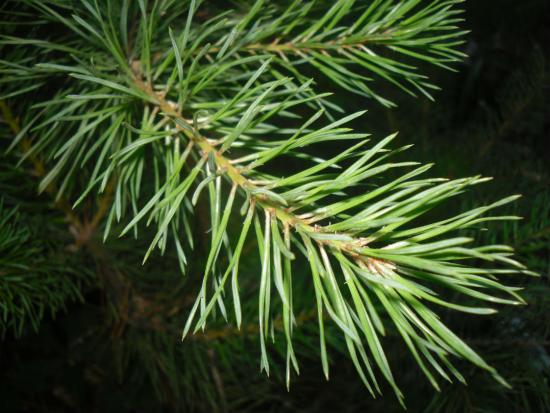
In some cases, planting in the fall is allowed, before the onset of stable frosts. Important! In most coniferous plants, the roots dry out very quickly and lose their ability to take root.It is enough for a pine tree to lie with its roots exposed in the air for a couple of hours for the roots to lose most of the water.
The area chosen for planting is cleared of debris and dug up onto the bayonet of a shovel. After which the planting hole is prepared. Its size should correspond to the size of the roots or earthen ball. A layer of drainage is placed at the bottom of the hole. Its height should be about 0.2 cm. You can add a mixture of peat, compost and sand in equal quantities.
If possible, it is advisable to pour several handfuls of any pine needles into the hole.
Seedling install and straighten all roots. After which the plant is watered abundantly. The watering area is mulched. When planting, it is important to position the conifer so that the root collar is above the ground.
After planting, the plants need regular watering for the first two months. They need to be watered especially often in the absence of natural precipitation. If there is no rain, then this procedure is needed daily. In the future, twice a week is sufficient. When planting in spring, you need to build a canopy over the conifer that will protect from direct sun during the rooting period.
Before winter, young plants are watered and protected from the winter and spring sun from non-woven materials. The application of fresh manure is contraindicated for coniferous plants. Also, to prevent fungal infections, plants should be periodically sprayed with a fungicide. When grown correctly, coniferous plants on the site will look great at any time of the year.
Video about what coniferous plants can be grown in the country:

